Stromboli Facts
- Perhaps most importantly, the simple term Stromboli names a small island located in the Tyrrhenian Sea. It also fails to do justice to the awesomeness of the site. This surprisingly impressive island sits just off the northern coast of Sicily, in Europe.
- The relatively small but still quite impressive island actually contains one of the three active volcanoes in Italy. The site also forms one of the eight islands comprising the Aeolian Islands. This also represents an active volcanic arc north of Sicily.
- The name of the remarkable small island further derives from Ancient Greek. In that language it means swollen form. Regardless of the term one uses, in any language, it remains an incredible location. Presently, though, this location has very few inhabitants.
- That’s because the island’s current population actually numbers fewer than 850 individuals. The volcano has also erupted with moderate violence numerous times in the past. It continues to be constantly active with minor eruptions even today, however.
- Yet another aspect of the site amazes those individuals fortunate enough to be able to visit it. That’s because, to the continued amazement of those who appreciate the power of Nature, this activity often appears visible from many points on Stromboli.
- These realtively minor eruptions also often appear within the surrounding sea. It’s tendency to be in a nearly constantly active state gave rise to a nickname for the island. Due to this, the location’s often referred to as the Lighthouse of the Mediterranean.
Related Articles
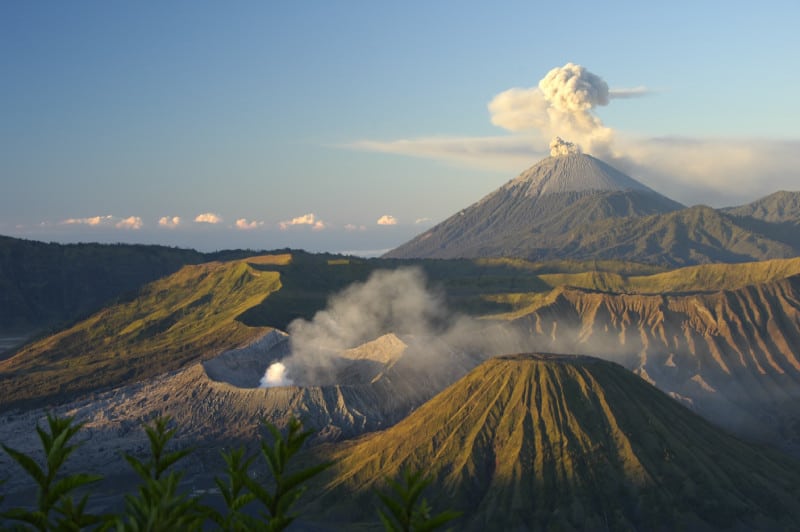
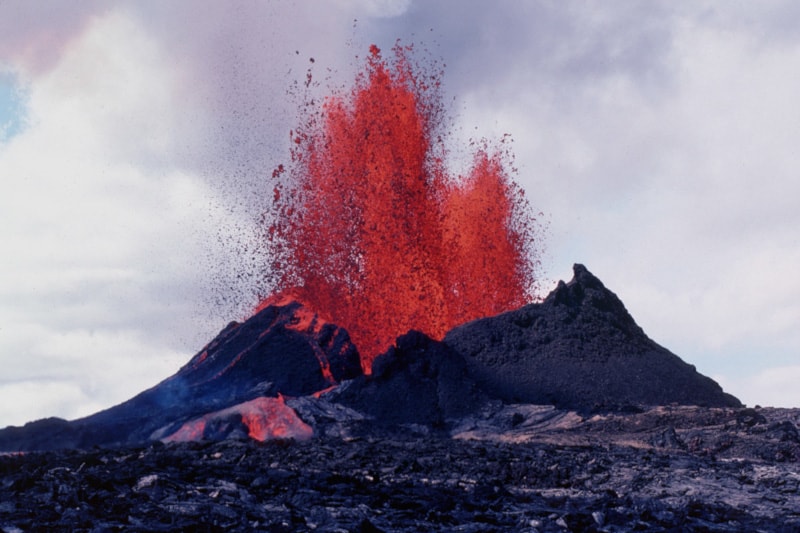
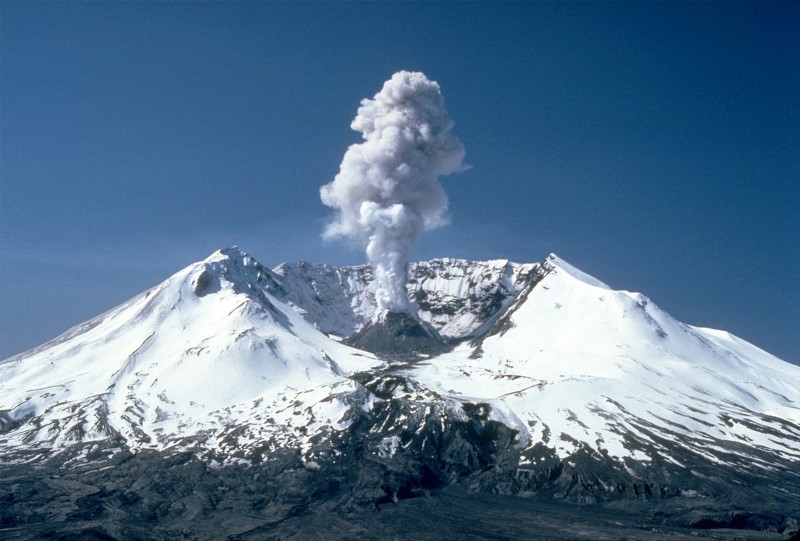
Stromboli Eruptions
Fortunately for those who live in the region, large eruptions of the volcano of Stromboli have been comparatively rare in modern times. More precisely, the last major eruption of the volcano occurred on 13 April 2009. Neveretheless, the site’s by no means extinct.
This fabulous creation of geological processes and time additionally impresses due to its sheer size, as well. The volcano itself stands 3,034 ft (926 m) above sea level. Below the waves, though, the base itself rises roughly 8,860 ft (2,700 m) above the ocean floor.
The magnificent site, easily among the best known in the region, also boasts yet another quite impressive statistic. That holds true because of the fact that a total of three active craters sit at the peak. This distinguishes it from the great majority of known volcanoes.
Yet another significant geological feature of the island exists, however. This particular natural formation bears the name of Sciara del Fuoco. This term names a large horseshoe-shaped depression. Evidence further indicates it formed over the past 13,000 years.
This physical feature of Stromboli, however, formed due to a series of powerful natural events. That’s because several collapses occurred on the northwestern side of the cone of the mountain. About 1.2 mi (2 km) to the northeast lies the remnant of the original volcano.
Stromboli Activity Patterns
This awe-inspiring location isn’t content to rest on its laurels, though. In fact, it also holds yet another fascination for scientists. That’s because, to the continued amazement of researchers, Stromboli has been in almost continuous eruption for the past 2,000 years.
The eruptions in the summit craters have additionally maintained a surprisingly regular pattern of activity. These ongoing actions include mild to moderate eruptions of incandescent volcanic bombs. Nevertheless, the time between events is also incredible.
That’s because the intervals between these eruptive events range from every few minutes to every few hours. Eruptions from the craters at the summit typically result in a few short bursts. They also remain energetic in nature. Yet the impressiveness doesn’t end there.
This holds true due to the fact that eruptions also average an astounding height. In point of fact, these reach heights averaging nearly 650 ft (200 m). These further generally include varying combinations of ash, incandescent lava fragments, and blocks of stone.
Visiting Stromboli remains highly exciting, yet potentially dangerous. Unfortunately for the interested viewer, its activity type remains almost exclusively explosive. Comparatively slower and less dangerous lava flows do occur periodically when volcanic activity is high.
Features Sharing Its Region
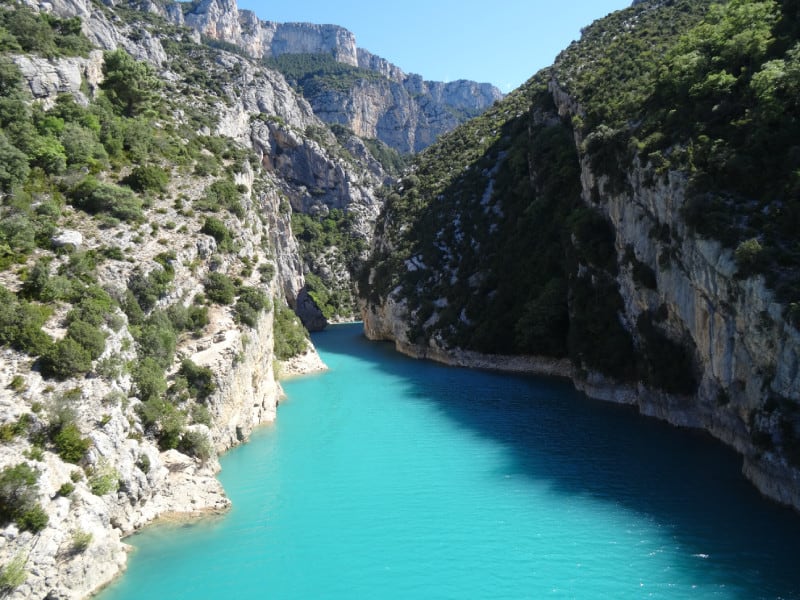
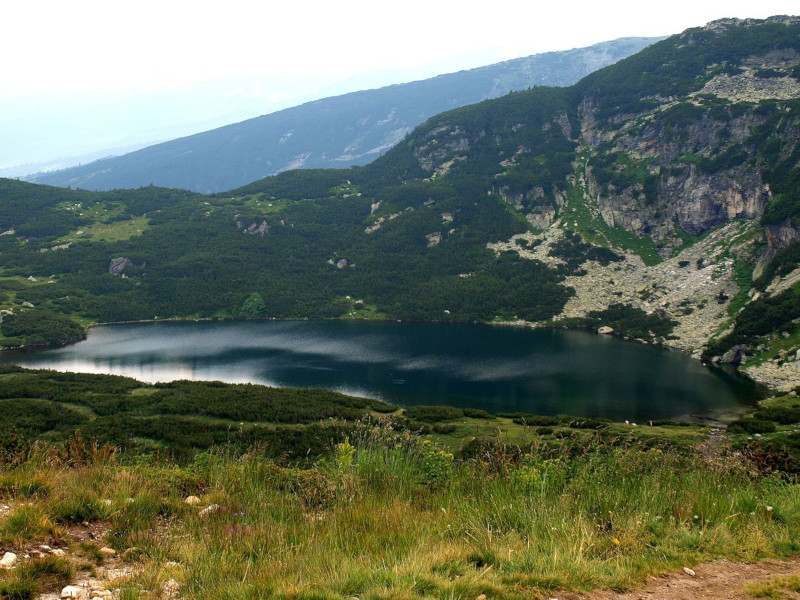
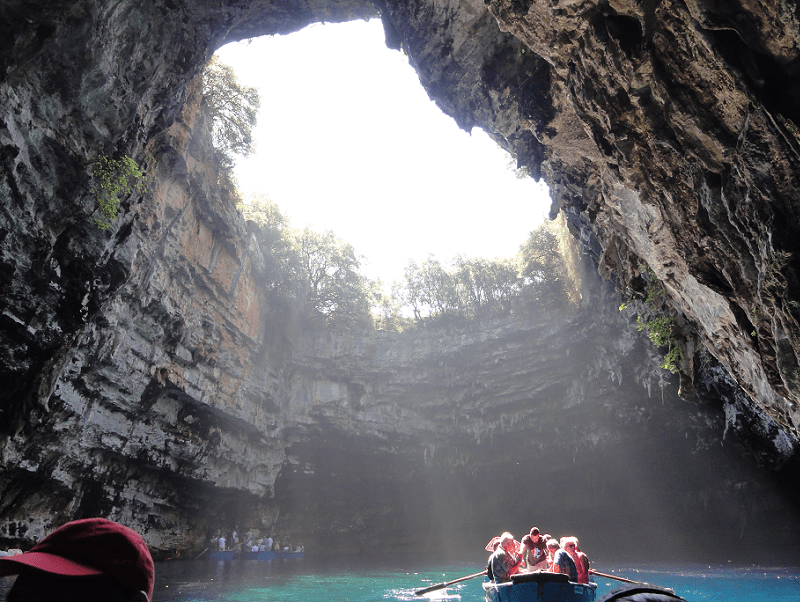
Check out our other articles on Incredible Sharks of the World, Snowy Owl, Salar de Uyuni, Asian Golden Cat, Six-Spotted Fishing Spider, Vietnamese Mossy Frog, Blood Iris, American Alligator
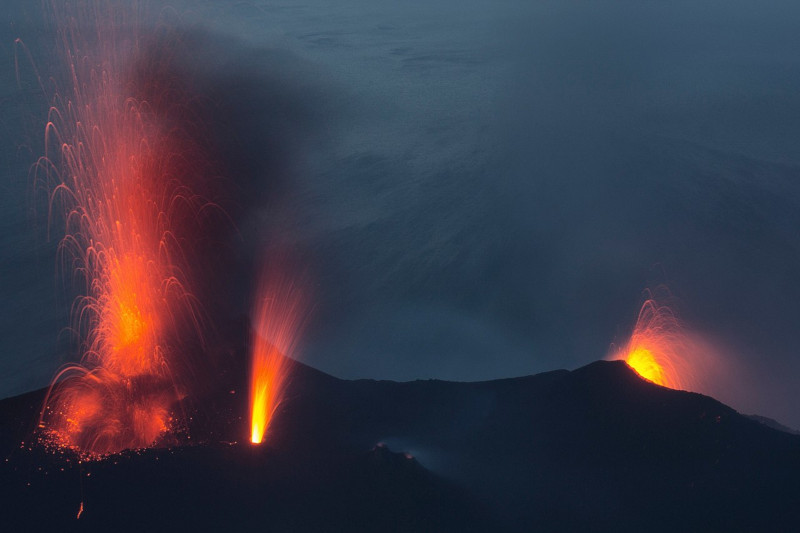
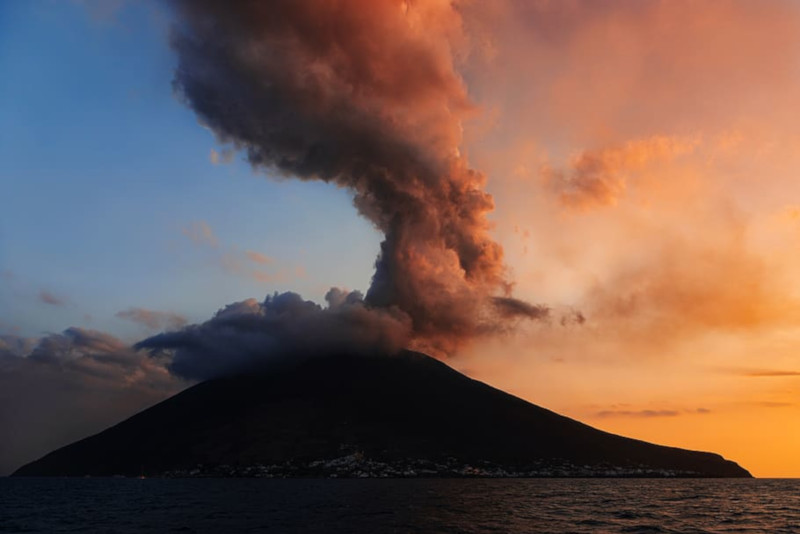
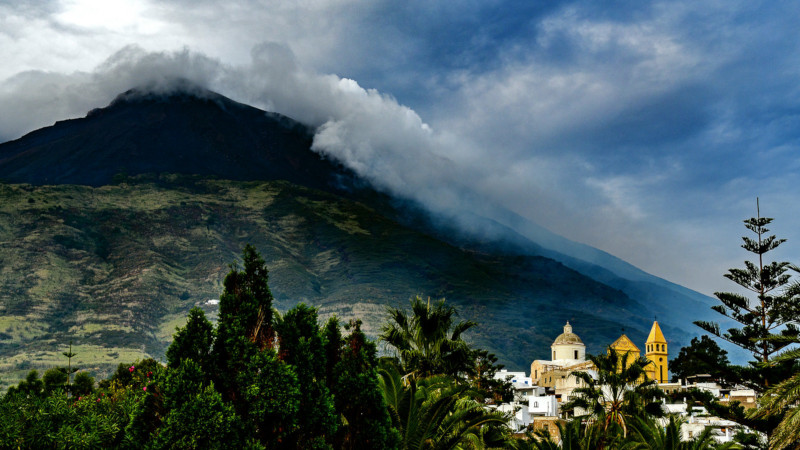









Leave a Reply